Artist Anouchka Oler describes her work and recent residency in Dundee.
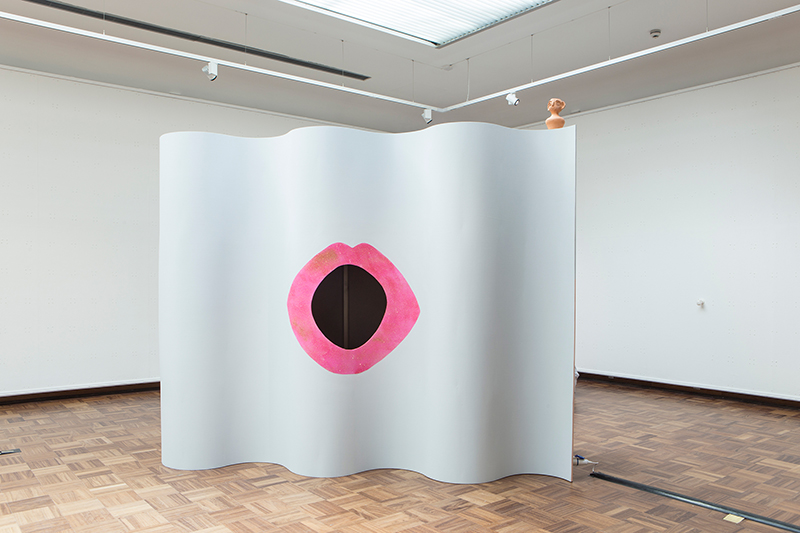
Are you willing to participate?, 2015
With the help of the objects and sculptures that I produce or select, I lead an investigation of what objects communicate and are able to modulate within social relations. Through my work I tend to question the impact and subversive potential of our material environment in our lives. I use fiction as a means to negotiate reality: it allows me to explore and point out the artificiality of what is engraved as being intuitive, natural or presented as the norm.
Lately video has taken a substantial place in my practice. I write the scenario at the same time as I produce the objects that will later play a part in the video. In this sense constructing the characters happens both in words and through material research. Therefore the two processes influence one another in the construction of the narration. I see exhibitions as occasions to extend the fictional space developed in videos through sculptures and installation that generate new directions for the work. Likewise the installation of a video can engender another installation, until it reaches a sense of exhaustion.
When I arrived at the Cooper Gallery Summer Residency in July, I’ve just finished the video Nothing Remains, Only Us and freshly set it up in a group exhibition. The video presents a man recalling a community he was part of. The people living in this community aimed to inhabit together a shared house in a way that will disturb their way of living and therefore create new means of experiencing and acting in society. The only rule which is said to have existed and been stressed was to produce a new object a day “which implied as a tacit agreement to break one thing beforehand”. The work shown in Dundee extends the research explored in the video on strategies of resistance towards productivity and participation. It addresses what relations and ways to inhabit the world can material empowerment invent. The sculpture presented acts as a body that spatially regulates the three approaches to material production in relation to individual withdrawal to the logic of labour.
One side of the sculpture shows the video on a flat screen TV. Viewers are invited to sit in this space filled with objects being in a bad mood or displaying their feelings and weaknesses. They express their dissatisfaction toward their functionality echoing a broader contemporary requirement of being happy, complete and accomplished but also functioning and productive. Inter-dependence is put on focus when care is applied to wherever the sculpture needs to: bandages cover flat angle brackets that needed to be added during the install to fix the fleshy beam as for the cushion that stands where the beam needed support.
During the residency, I started to reflect on notion of productivity within an artistic practice when responding to invitations to work. That’s what the opposite side of the sculpture draw upon. There, a drawing of an open mouth made with pink glitters rests on a curvy wall. The hole is cut out which allows to see the inside of the structure. Through this hole I’ve thrown the genuine and organic ceramic objects I made in the first weeks of the residency when aiming to populate and decorate my working environment Dundee. Performing a mindless and wrecker maker seemed to be an appropriate reaction when thinking of perpetual mobility and immediacy of production. I came here reading over The Lesbian Body of Monique Wittig again. The author is known for a statement she made in The Straight Mind, which was that lesbians are not woman since woman is nothing but a social class that they refuse to be part of. What is interesting is how she implies that lesbians refuse to become or to remain heterosexual, implying a conscious decision over passing a simple desire to revolt by taking concrete action endangering the patriarchal society. In The Lesbian Body she recalls the physical, material and mental love from one woman to another. This desire is mediated through the consumption of every bit of the partner’s body. A carnivorous, violent and destructive experimentation where the body has to be eaten and digested in order to be understood adored and re-invented. That was an opening point in considering the motif of destruction as a form of empowerment over one’s existence. This is extremely present in the video and I extend this aspect in the back of the sculpture when thinking of my own relation to labour.
Finally, on top of the structure, I’ve placed a terracotta pot that my mum made before I was born. We had a discussion around this pot a couple of days before I left for Dundee. It served as a proxy to discuss her long life living-and-working economy in which I was raised. My stepfather and her started to rehabilitate a house whilst we were living there decades ago. Once the house was ready, it was sold in order to buy a new site. This process happened over and over and merged work and life. The pot is one of the rare objects that remain from all the relocations. Family and friends already appeared in some of my works, either through their material production or featuring some videos. Florent Dubois who plays the interviewee in the video presented at the Cooper Gallery is also a friend of mine. It was his first experience as an actor and for me the first time I asked someone to enact a well-defined role and to deliver a script. We spent three days together in what used to be my studio in Lyon and shot the whole thing on green screen.
Anouchka Oler will exhibit at Cooper Summer Residency Exhibition 2015: THINGNESS? until 10 October.
Images courtesy of the artist and Cooper Gallery DJCAD, University of Dundee. Photographer: Ross Fraser McLean.
More: Website
//////
Looking for more blogs? Visit here.


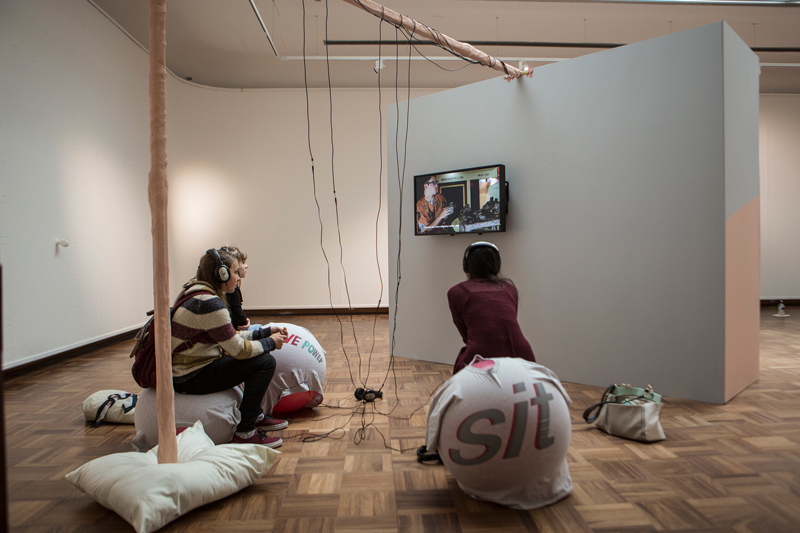
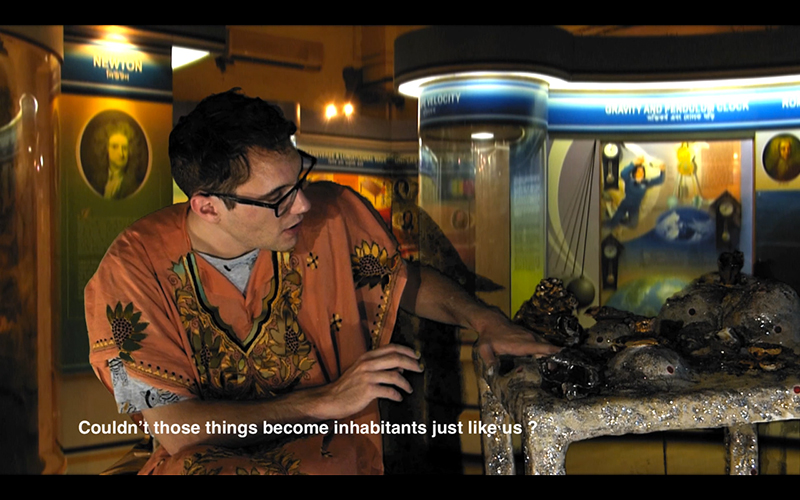
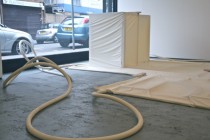
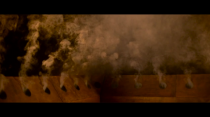
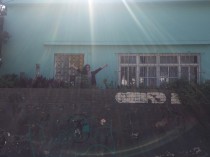









Comments